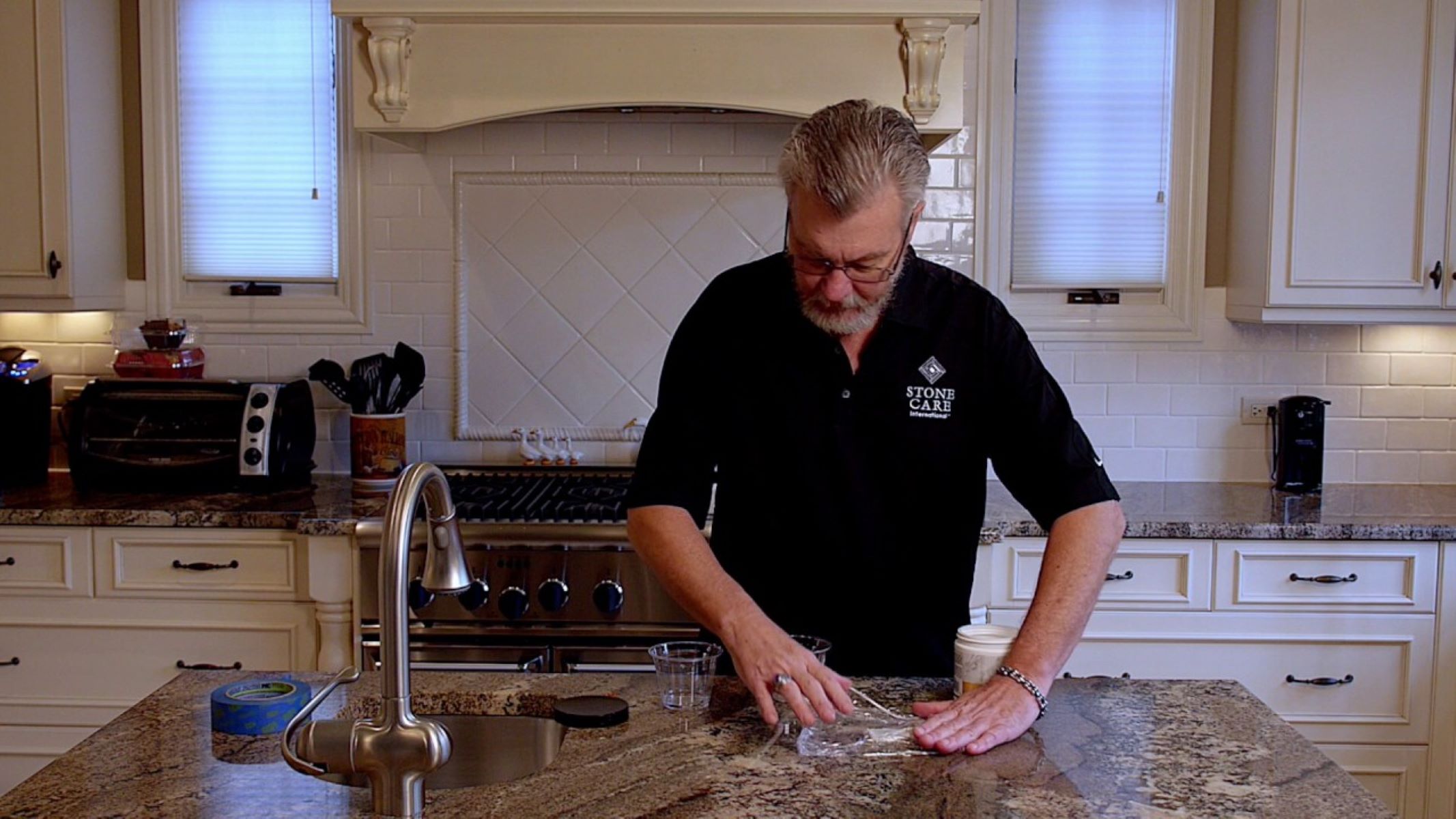

Articles
How To Remove Dye From Granite Countertops
Modified: February 23, 2024
Learn effective methods to remove dye stains from granite countertops with our comprehensive articles. Protect the beauty of your kitchen surfaces with expert tips and advice.
(Many of the links in this article redirect to a specific reviewed product. Your purchase of these products through affiliate links helps to generate commission for Storables.com, at no extra cost. Learn more)
Introduction
Welcome to our guide on how to remove dye stains from granite countertops. Granite countertops are a popular choice in kitchens and bathrooms due to their durability, beauty, and resistance to scratches and heat. However, accidents happen, and sometimes dye stains can occur on your pristine granite surface. Whether it’s from a spill during a cooking mishap or from hair dye or fabric dye, removing dye stains from granite can be a daunting task.
In this article, we will take you through the process of understanding dye stains on granite countertops and provide you with various methods to effectively remove them. We will offer gentle techniques that won’t damage your countertop, as well as commercial stain removers and natural home remedies that can tackle even the toughest dye stains. Additionally, we’ll outline preventive measures to protect your granite countertops from future dye stains.
Before we dive into the stain removal methods, it’s important to understand the nature of dye stains on granite. Granite is a porous material, meaning it can absorb liquids and stains if not properly sealed. Dyes, especially those used in fabric or hair coloring, can penetrate the granite’s surface, leading to stubborn stains. However, with the right techniques and tools, you can effectively remove these stains and restore the beauty of your granite countertops.
We understand the value and investment you’ve made in your granite countertops, and our aim is to provide you with practical and effective solutions to remove dye stains without causing any damage. Now, let’s explore the different methods and techniques you can use to successfully remove dye stains from your granite countertops.
Key Takeaways:
- Understanding the porous nature of granite and the various methods, from gentle to commercial to natural remedies, can effectively remove dye stains without causing damage. Prevention and prompt action are key to maintaining pristine granite countertops.
- By following preventive measures, such as regular sealing, being mindful of dye products, and using gentle cleaning methods, you can minimize the risk of dye stains on granite countertops. With patience and care, restoring the beauty of your granite surface is achievable.
Read more: What Removes Hair Dye From Countertops
Understanding the Dye Stains on Granite Countertops
Before we delve into the various methods to remove dye stains from granite countertops, it’s essential to understand the factors that contribute to the discoloration. Dye stains can be caused by different substances, such as food coloring, hair dye, ink, or fabric dye.
Granite is a natural stone that is formed by the cooling and solidification of molten magma deep within the earth’s crust. It is composed of various minerals, including quartz, feldspar, and mica. While granite is known for its durability, it is important to note that it is a porous material, which means it has tiny pores and capillaries that can absorb liquids if not properly sealed.
When dye comes into contact with an unsealed or poorly sealed granite surface, it has the potential to seep into the pores and leave behind unsightly stains. The longer the dye sits on the granite, the deeper it can penetrate, making it more challenging to remove. This is why it’s crucial to address dye stains promptly to prevent them from becoming permanent.
Additionally, the color and intensity of the dye can also impact the visibility of the stain. Dark and vibrant dyes tend to be more noticeable on lighter granite surfaces, while lighter dyes may not be as noticeable on darker granite. Regardless of the color of your granite countertop, it’s important to take immediate action when a dye stain occurs.
It’s worth noting that while granite is relatively stain-resistant due to its low porosity, it is still susceptible to staining if not properly cared for. Regularly sealing your granite countertops can help create a protective barrier against stains, including dye stains. Sealing should be done at least once a year, or more frequently in high-traffic areas or if you notice the water is no longer beading on the surface.
Now that we have a better understanding of how dye stains can occur on granite countertops, let’s explore the steps you can take to effectively remove these stubborn stains. Whether you’re dealing with a hot pink hair dye mishap or an accidental food coloring spill, there are various methods and techniques to tackle dye stains on granite without causing damage to the stone.
Preparing the Granite Countertop for Stain Removal
Before you begin the stain removal process, it’s important to properly prepare the granite countertop. This preparation step will help ensure that you achieve the best possible results and minimize any potential damage to the stone surface.
Here are some steps to follow for preparing the granite countertop:
- Clear the area: Remove any items, appliances, or utensils from the countertop to create a clean and clutter-free workspace. This will allow you to have easy access to the stain and prevent any hindrances during the stain removal process.
- Gather the necessary supplies: Before you begin, gather all the supplies you’ll need for stain removal. This may include a soft cloth or sponge, mild dish soap, warm water, a microfiber cloth or paper towels, and any specific stain removal products you plan to use.
- Perform a spot test: If you’re using a commercial stain remover or a homemade solution, it’s a good idea to perform a spot test on a small, inconspicuous area of the countertop. This will help you evaluate the product’s effectiveness and ensure it doesn’t cause any damage or discoloration to your granite surface.
- Clean the countertop: Start by cleaning the entire countertop surface with a mixture of warm water and a mild dish soap. Gently scrub the surface using a soft cloth or sponge to remove any dirt, grime, or surface stains. Rinse thoroughly with clean water and dry with a microfiber cloth or paper towels.
- Dry the countertop: Allow the countertop to dry completely before proceeding with the stain removal process. This will ensure that the granite surface is free of any excess moisture, allowing better absorption and penetration of stain removal solutions.
By following these steps, you can create an ideal environment for effective stain removal without causing any harm to your granite countertop. With the preparation complete, you’re now ready to tackle the dye stains and restore the beauty of your granite surface. In the next sections, we will explore gentle methods, as well as commercial and natural remedies, to help you remove dye stains from your granite countertops.
Gentle Methods to Remove Dye Stains from Granite Countertops
When it comes to removing dye stains from granite countertops, it’s best to start with gentle methods that are less likely to cause any damage to the stone surface. Here are a few effective yet gentle approaches you can try:
- Dish Soap and Warm Water: Mix a small amount of mild dish soap with warm water. Dip a soft cloth or sponge into the soapy solution and gently blot the stain. Avoid scrubbing vigorously, as this may cause the dye to spread or further penetrate the stone. Rinse the area with clean water and dry thoroughly.
- Baking Soda Paste: Create a paste by mixing baking soda with water. Apply the paste to the stain and let it sit for a few hours or overnight. The baking soda will work to draw out the dye stain. After the designated time, gently scrub the area with a soft cloth and rinse with water. Dry the surface completely.
- Hydrogen Peroxide: Moisten a soft cloth with hydrogen peroxide and lightly dab the stain. Avoid excessive rubbing or scrubbing, as hydrogen peroxide may have a slight bleaching effect on porous surfaces like granite. Let the hydrogen peroxide sit on the stain for a few minutes, then rinse with water and dry thoroughly. Repeat as necessary.
- Poultice: A poultice is a paste-like mixture used to draw out stains from porous surfaces. To create a poultice for dye stain removal, combine a powdered absorbent material like baking soda, talcum powder, or powdered chalk with a liquid agent such as hydrogen peroxide or acetone. Mix the ingredients to form a thick paste and apply it to the stain. Cover the paste with plastic wrap and let it sit for several hours or overnight. Once the poultice is dry, scrape it off and rinse the area with water. Dry thoroughly.
Remember to always test these methods on a small, inconspicuous area of the countertop first to ensure they don’t cause any damage or discoloration.
If the dye stain persists after using these gentle methods, don’t worry. There are other options available, including commercial granite stain removers and natural home remedies. These methods can provide more powerful solutions for stubborn dye stains on your granite countertops. We’ll explore these options in the next sections, so keep reading to find the best approach for your specific stain removal needs.
Mix a paste of baking soda and hydrogen peroxide, apply it to the stained area, cover with plastic wrap, and let it sit for 24 hours. Then, rinse and wipe clean.
Using Commercial Granite Stain Removers
If gentle methods have failed to completely remove the dye stains from your granite countertop, you may want to consider using a commercial granite stain remover. These products are specifically formulated to tackle tough stains on granite surfaces. Here are some steps to follow when using a commercial granite stain remover:
- Choose a suitable stain remover: Visit your local hardware store or search online for a reputable commercial granite stain remover. Look for a product that is safe for use on granite surfaces and designed to remove dye stains.
- Read and follow the instructions: Before applying the stain remover, carefully read the instructions provided by the manufacturer. Each product may have specific application instructions and safety precautions that you need to follow.
- Prepare the countertop: Clear the area and clean the countertop using warm water and mild dish soap. Rinse thoroughly and dry the surface before applying the stain remover.
- Apply the stain remover: Follow the instructions on the product to apply the stain remover to the affected area. This may involve spraying, pouring, or dabbing the product onto the stain. Use a soft cloth or sponge to gently work the stain remover into the granite surface.
- Allow the stain remover to work: Depending on the product, you may need to let the stain remover sit on the surface for a specified amount of time. This will allow the product to penetrate and break down the dye stain.
- Wipe or rinse the area: After the recommended time, carefully wipe or rinse the area with clean water to remove the stain remover residue. Use a soft cloth or paper towel to dry the surface completely.
- Assess and repeat if necessary: Evaluate the effectiveness of the stain removal. If the dye stain is still visible, you may need to repeat the process or try a different commercial stain remover.
It’s important to remember that not all commercial granite stain removers are created equal. Some products may work better on certain types of dyes or stains, so it’s a good idea to do some research and read customer reviews to find one that suits your specific needs.
Always follow the manufacturer’s instructions and exercise caution when using commercial stain removers. If you have any concerns, it’s advisable to contact a professional who specializes in granite countertop care for guidance.
Now that you’re familiar with the process of using commercial granite stain removers, let’s explore natural home remedies that can be equally effective in removing dye stains from granite countertops.
Read more: How To Remove Granite Countertops
Natural Home Remedies for Removing Dye Stains from Granite Countertops
If you prefer to use natural remedies to remove dye stains from your granite countertops, there are several household ingredients that can be effective in breaking down the stains. These remedies are often safer for the environment and can be gentler on the granite surface. Here are a few natural home remedies to try:
- Vinegar and Water: Create a solution of equal parts white vinegar and water. Dampen a soft cloth or sponge with the mixture and gently blot the dye stain. Let the vinegar solution sit on the stain for a few minutes, then rinse with clean water and dry the surface thoroughly.
- Lemon Juice: Squeeze fresh lemon juice onto the dye stain and gently rub it into the granite surface. The natural acid in lemon juice can help break down the dye. Let it sit for a few minutes, then rinse with water and dry completely.
- Baking Soda and Hydrogen Peroxide: Create a paste by combining baking soda and hydrogen peroxide to form a thick consistency. Apply the paste to the stain and let it sit for several hours or overnight. Gently scrub the area with a soft cloth or sponge, then rinse with water and dry thoroughly.
- Acetone: Acetone, commonly found in nail polish removers, can be effective in removing certain dye stains from granite. Use a cotton ball or pad soaked in acetone and dab it onto the stain. Let it sit for a few minutes, then rinse with water and dry completely.
Remember to always test these natural remedies on a small, inconspicuous area of the countertop before applying them to the stain. Not all remedies are suitable for all types of dyes or stains, and some natural ingredients may have a slight bleaching effect on porous surfaces like granite.
In addition to these natural remedies, there are a few preventive measures you can take to protect your granite countertops from future dye stains.
Continue reading to the next section to learn about these preventive measures and keep your granite countertops looking pristine.
Preventive Measures to Protect Granite Countertops from Dye Stains
Prevention is always better than dealing with stain removal, especially when it comes to dye stains on granite countertops. Here are some preventive measures you can take to protect your countertops from potential dye stains:
- Seal the Granite: Regularly seal your granite countertops with a high-quality granite sealer. This will create a protective barrier that helps prevent liquids, including dyes, from seeping into the stone. Follow the manufacturer’s instructions for application and reapplication, as seals can wear off over time.
- Be Mindful of Dye Products: When using products that contain dyes, such as hair dye or certain food coloring additives, take extra precautions to avoid spills and splatters. Use protective barriers like towels or old newspapers to cover the granite surface while working with dyes. Be vigilant and clean up any spills immediately to minimize the risk of staining.
- Use Cutting Boards and Trivets: To protect your granite countertops from potential dye stains, always use cutting boards when chopping or slicing foods. This will prevent direct contact between the dye and the countertop surface. Similarly, use trivets or heat-resistant pads when placing hot pots, pans, or dishes on the granite to avoid any heat-related discoloration.
- Wipe Up Spills Promptly: Accidents happen, but it’s essential to act quickly when spills occur. Whether it’s a dye-based liquid or any other staining substance, make sure to wipe up the spill immediately with a soft cloth or paper towel. Avoid rubbing the stain, as this can spread it further. Instead, blot the area gently to absorb as much of the liquid as possible.
- Regular Cleaning and Care: Implement a regular cleaning routine for your granite countertops using mild dish soap and warm water. Avoid using abrasive cleaners or harsh chemicals, as they can degrade the sealant and potentially cause staining. Wipe down the surface after each use and dry it thoroughly to prevent water spots or mineral buildup.
By following these preventive measures, you can significantly reduce the risk of dye stains on your granite countertops. However, if a stain does occur, now you have a range of methods at your disposal to effectively remove it, whether using gentle methods, commercial stain removers, or natural home remedies.
Remember to always assess your granite countertop’s specific needs and condition before applying any stain removal methods or products. In case of severe or persistent stains, it’s advisable to consult a professional granite countertop expert for guidance.
With proper care and maintenance, your granite countertops will remain a beautiful and stain-free focal point of your kitchen or bathroom for years to come.
Conclusion
Removing dye stains from granite countertops may seem like a daunting task, but armed with the right knowledge and techniques, you can restore the pristine beauty of your granite surface. Whether you opt for gentle methods, commercial stain removers, or natural home remedies, be sure to approach the stain removal process with patience and care.
Understanding the nature of dye stains on granite is crucial in effectively addressing them. Granite’s porous nature makes it susceptible to absorbing dyes if it is not properly sealed. Regularly sealing your countertops and using preventative measures can go a long way in minimizing the risk of stains.
Gentle methods, such as using dish soap and warm water or creating a baking soda paste, are often a good starting point for stain removal. These methods are less likely to cause damage to the granite surface and can effectively break down dye stains.
If gentle methods don’t yield the desired results, you can try using commercial granite stain removers that are specifically formulated to tackle tough stains. Follow the instructions provided by the manufacturer and exercise caution to ensure the best possible outcome.
Natural home remedies, like vinegar and water or lemon juice, can also be effective in removing dye stains from granite countertops. These remedies are eco-friendly and can be gentler on the stone surface.
By taking preventive measures, such as sealing your granite countertops, being mindful of dye products, using cutting boards and trivets, and promptly cleaning up spills, you can significantly reduce the likelihood of dye stains occurring in the first place.
In conclusion, dealing with dye stains on granite countertops is not an impossible task. With a combination of preventive measures, gentle methods, commercial stain removers, and natural home remedies, you can effectively remove dye stains and preserve the beauty and elegance of your granite countertops for years to come.
Always remember to test any cleaning or stain removal method on a small, inconspicuous area first and treat your granite countertops with the care and attention they deserve to enjoy their timeless beauty for a lifetime.
Frequently Asked Questions about How To Remove Dye From Granite Countertops
Was this page helpful?
At Storables.com, we guarantee accurate and reliable information. Our content, validated by Expert Board Contributors, is crafted following stringent Editorial Policies. We're committed to providing you with well-researched, expert-backed insights for all your informational needs.
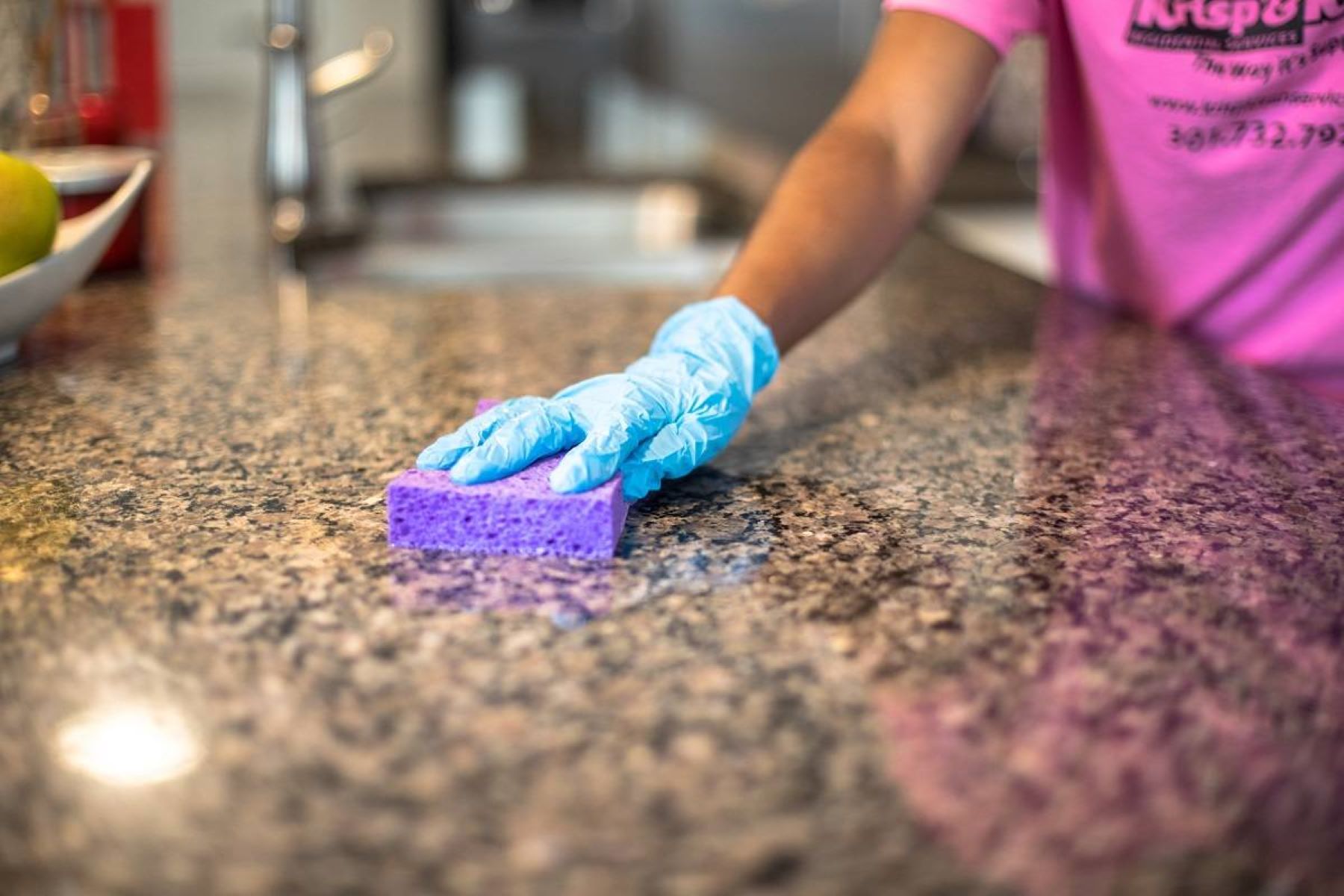
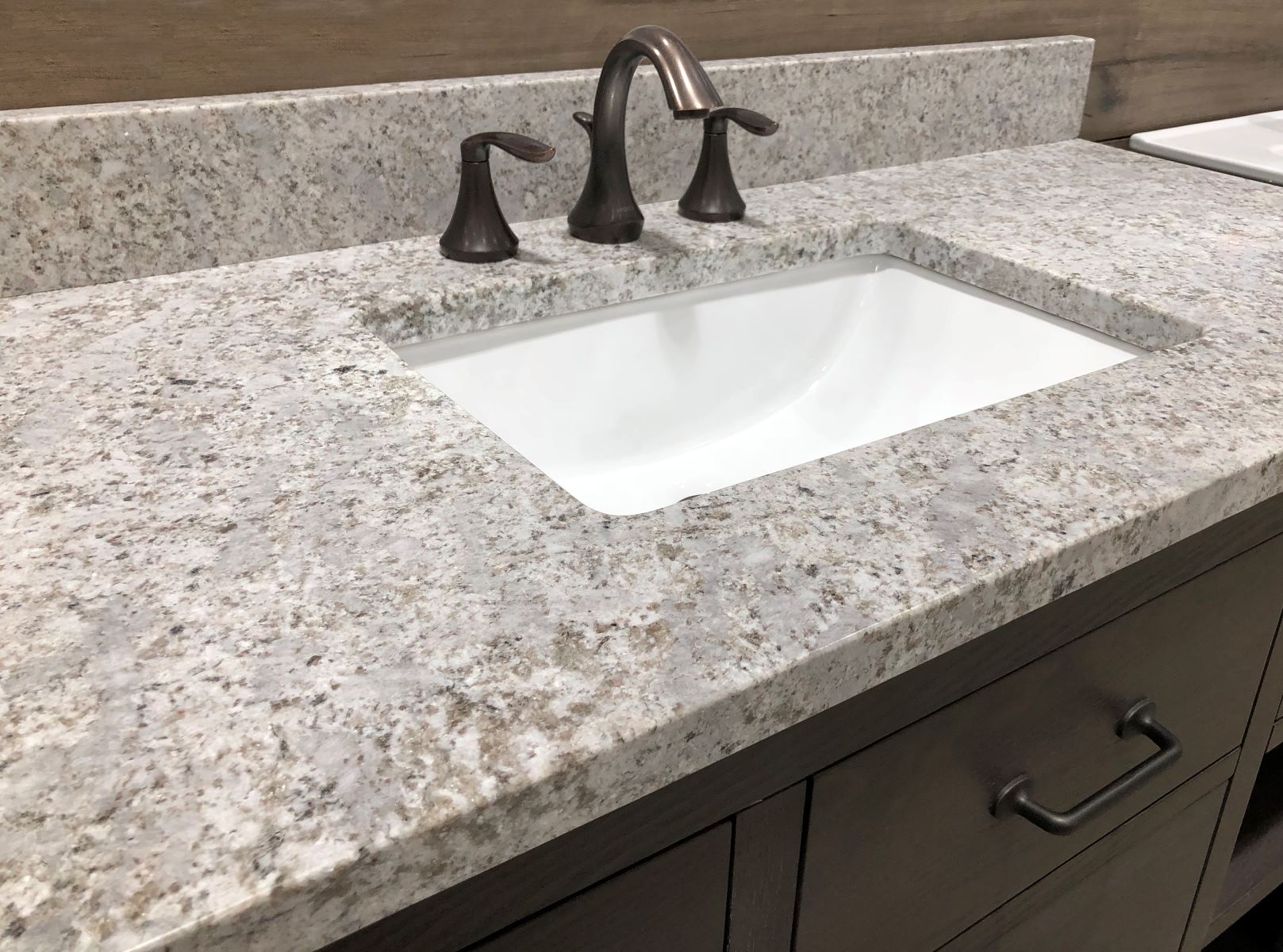
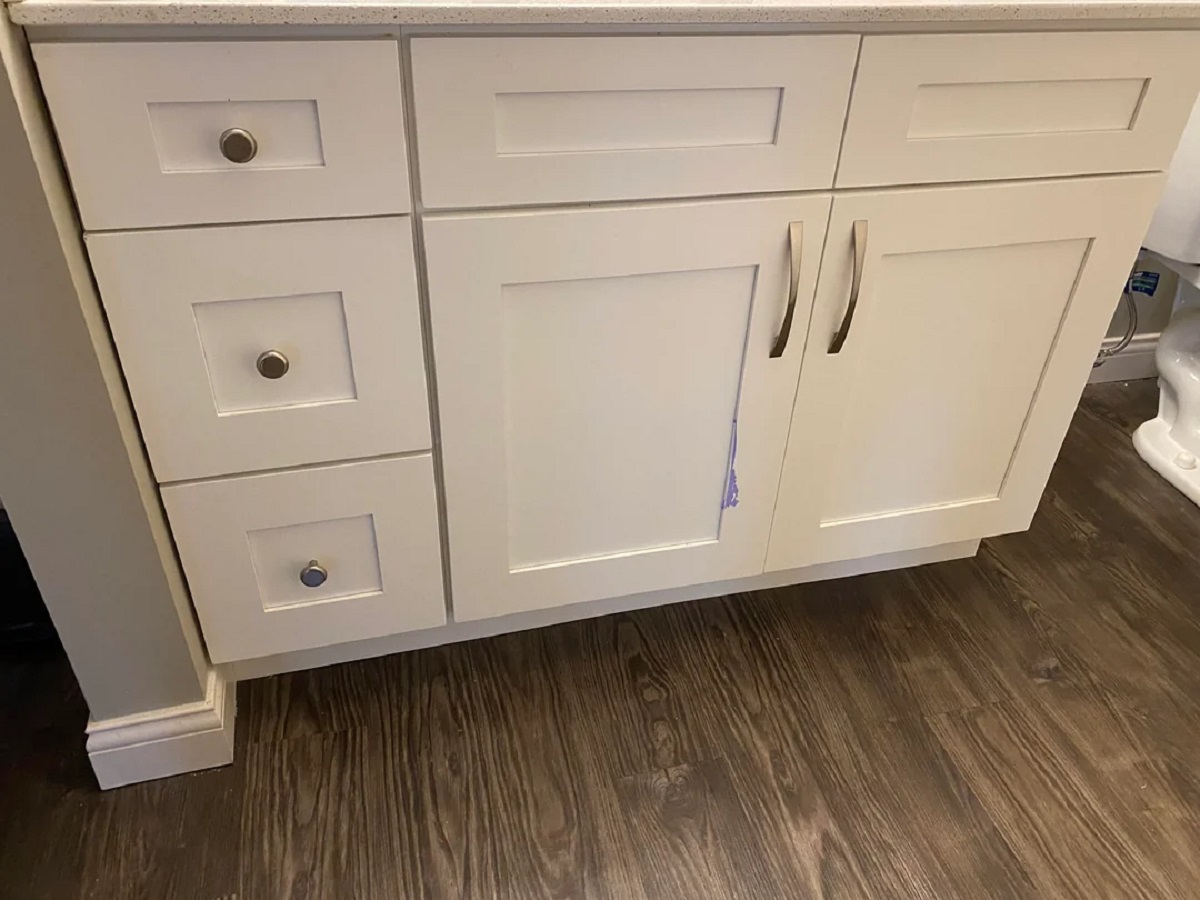
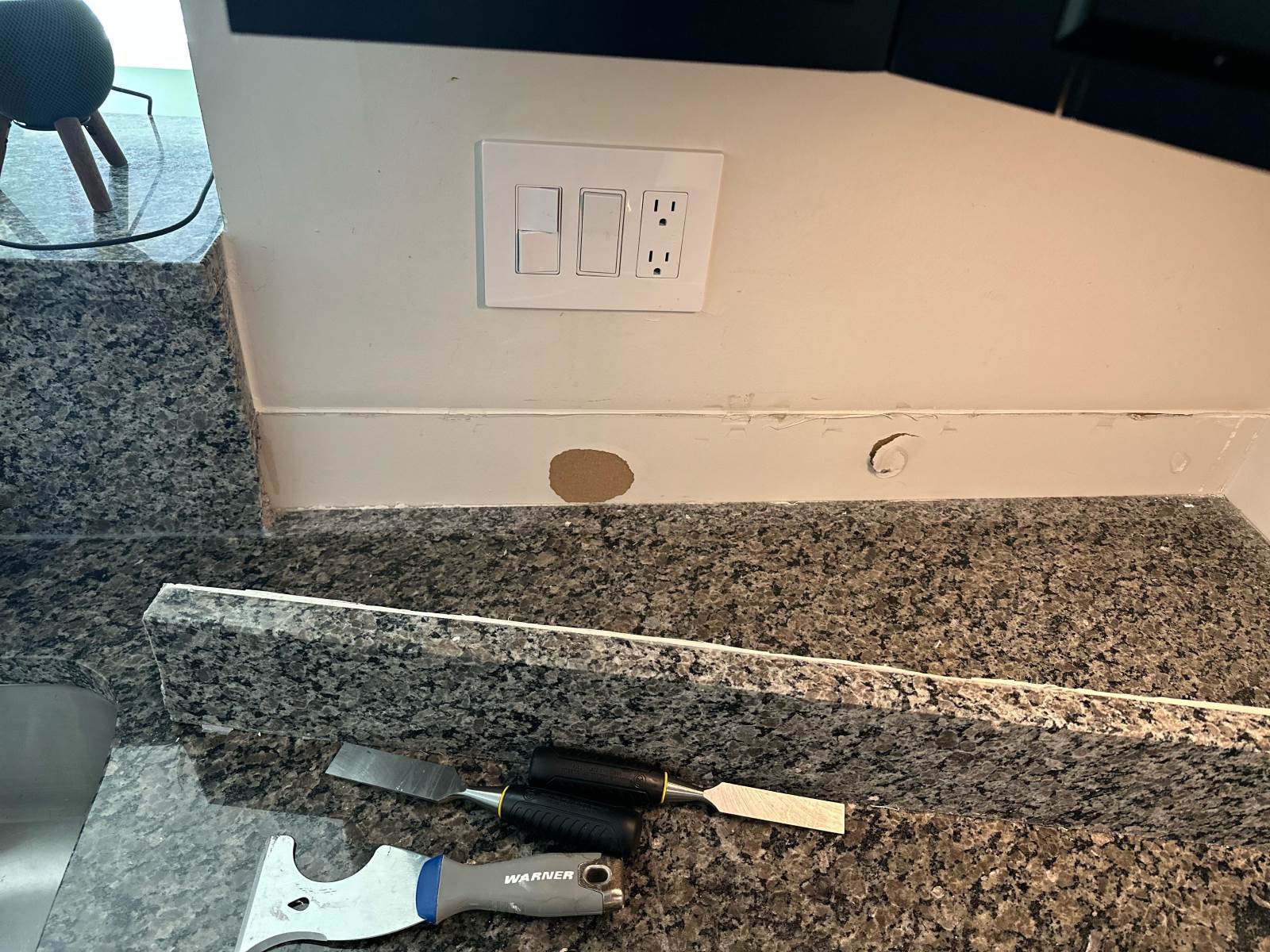
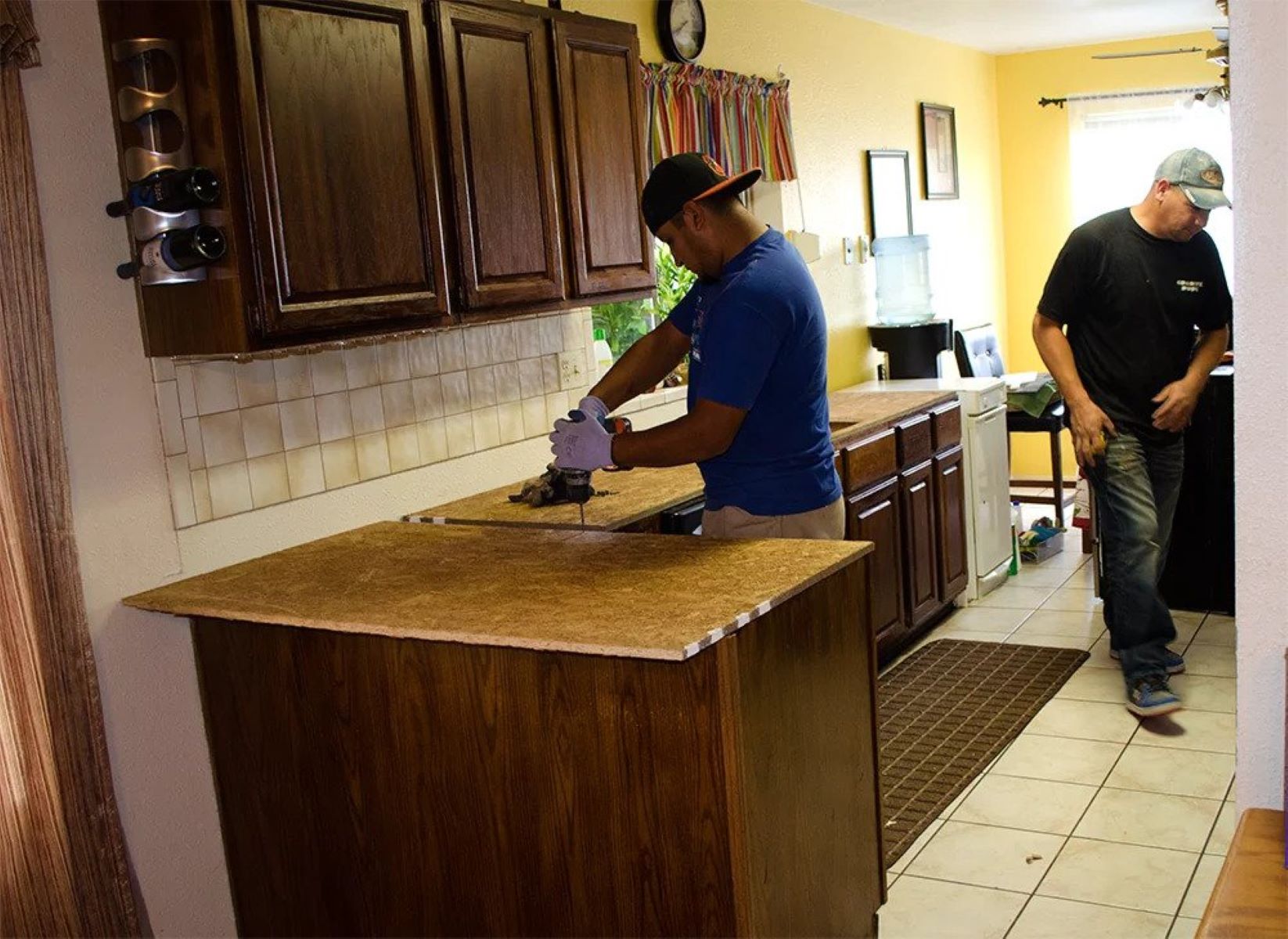
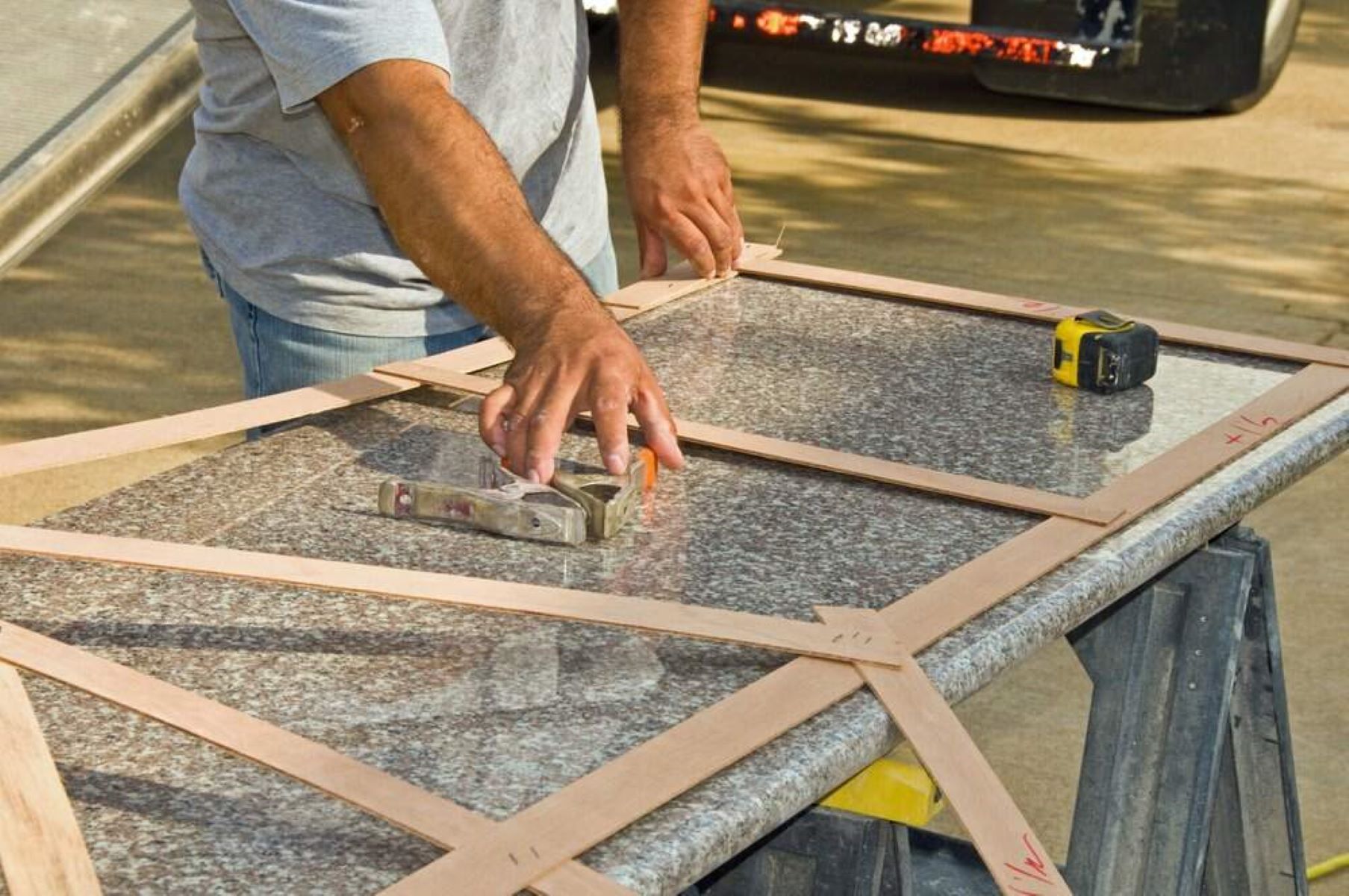

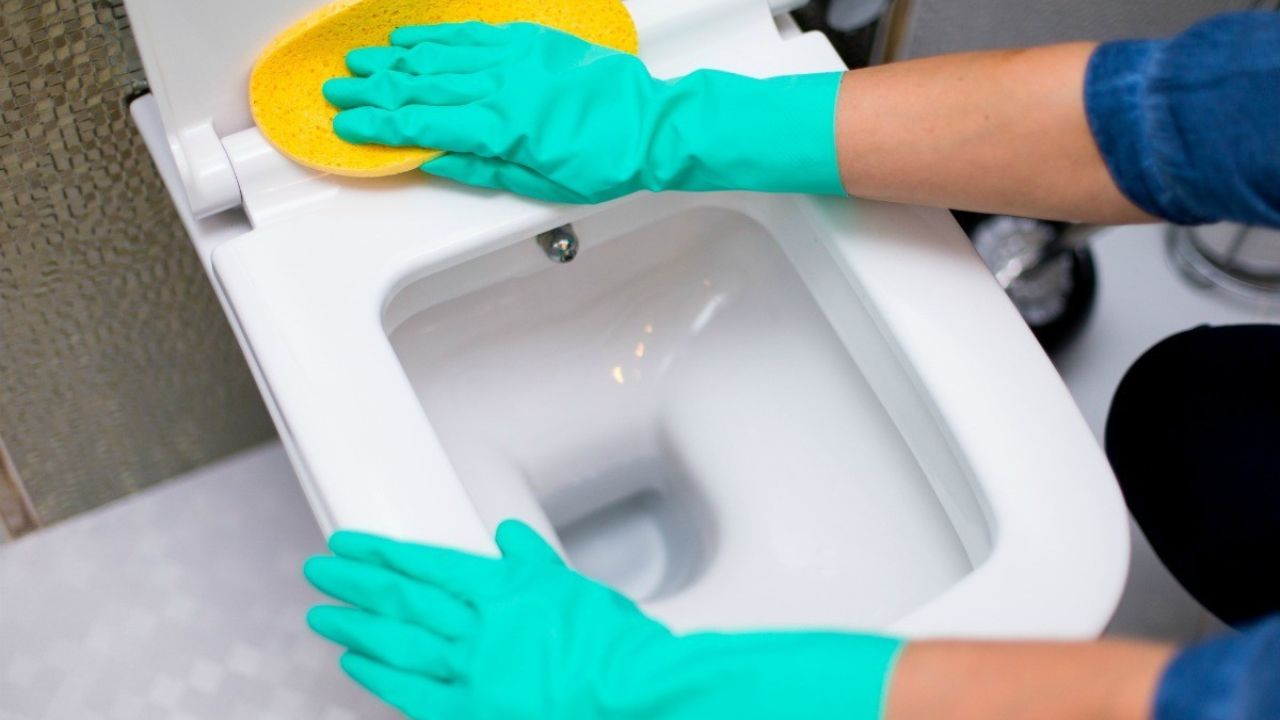
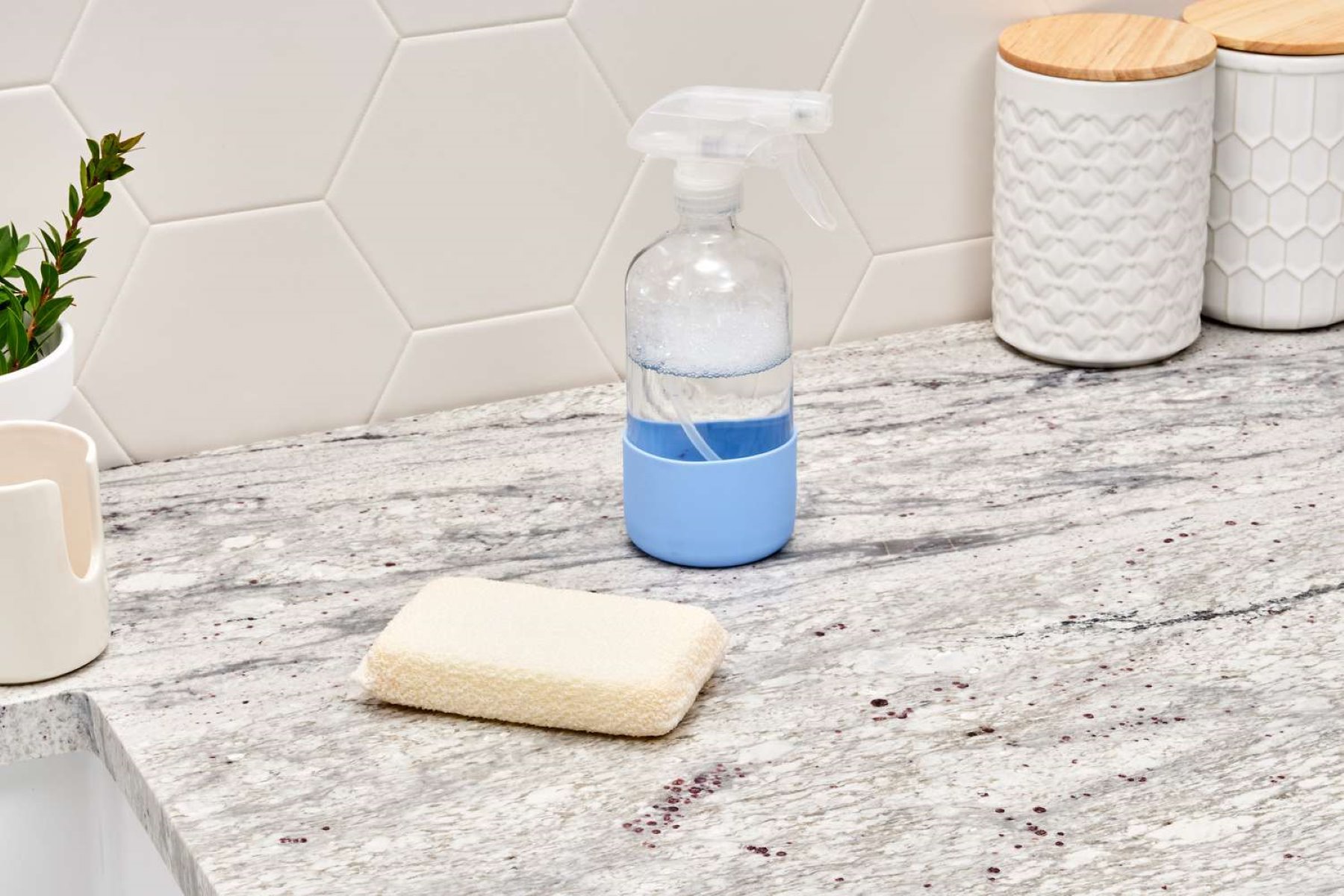
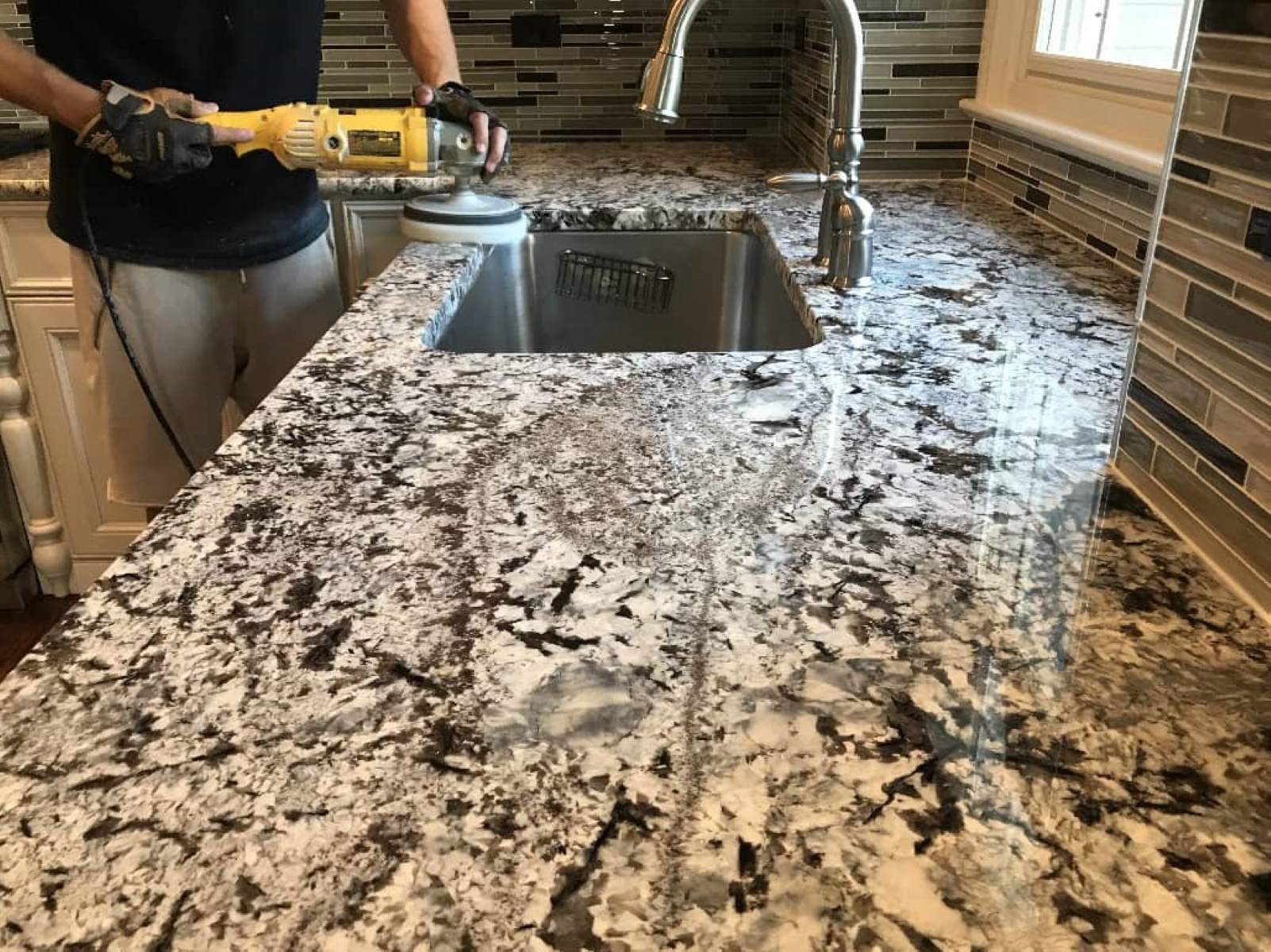


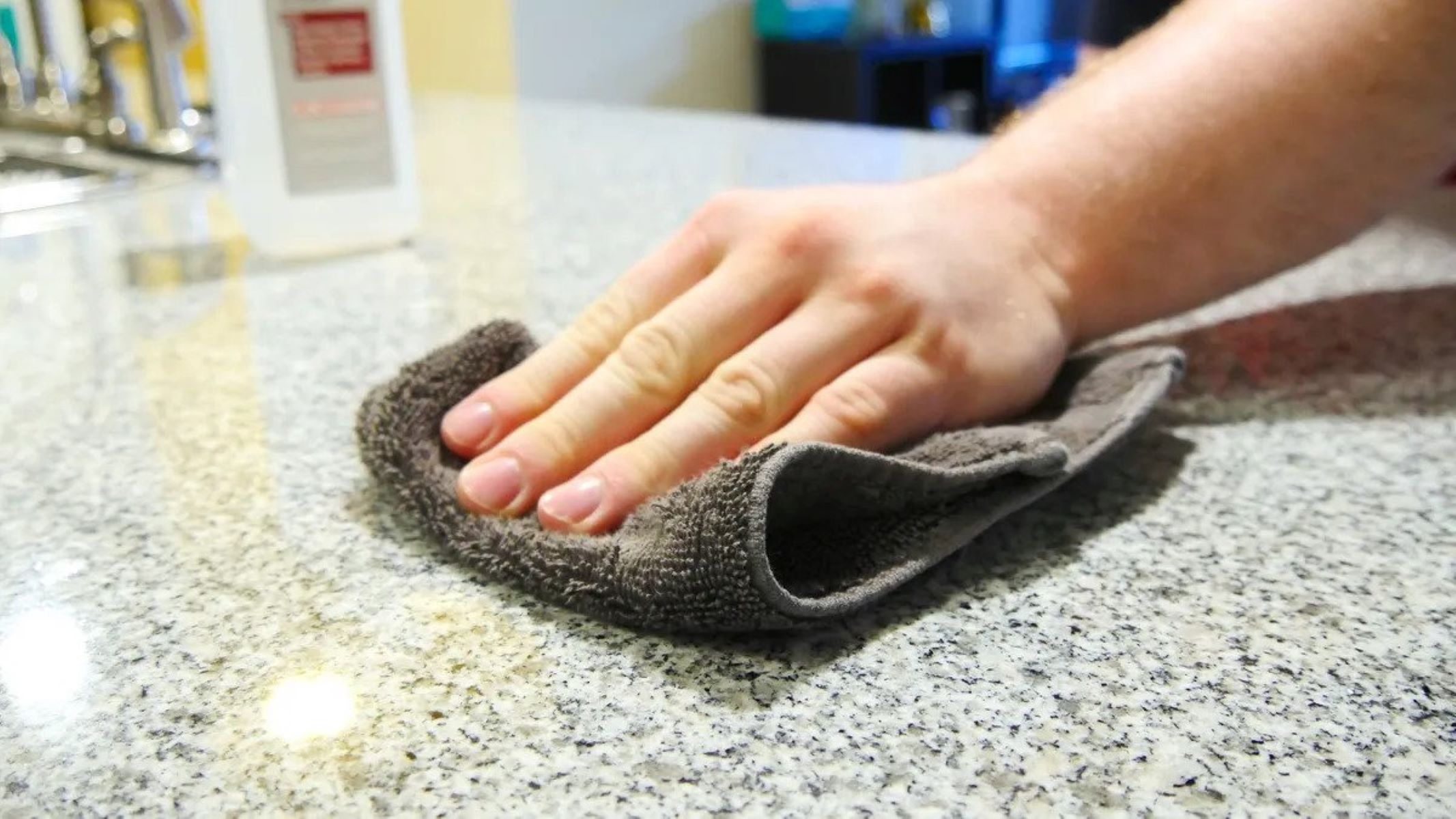


0 thoughts on “How To Remove Dye From Granite Countertops”